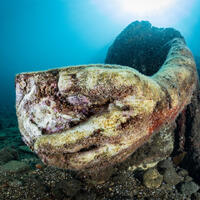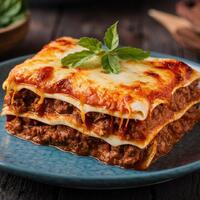It takes place between October and December and is a symbol of tradition and hard work for many Italian families. The result of this process is something special: olive oil, often considered the liquid gold of the Mediterranean.
Olives and their place in Italian culture
Italy is the second largest producer of olive oil in the world (after Spain) and more than 500 different varieties of olives can be found on its territory. While some are suitable for direct consumption, most are processed into oil. Regions such as Tuscany, Apulia, Liguria and Sicily are known for their specific types of oil, which are completely unique due to the variety of climatic conditions and soil characteristics.
In these regions, olive harvesting is not only an agricultural activity, but often a social event involving whole families. People come to the groves and pick olives together, often telling old stories and sharing traditional dishes.
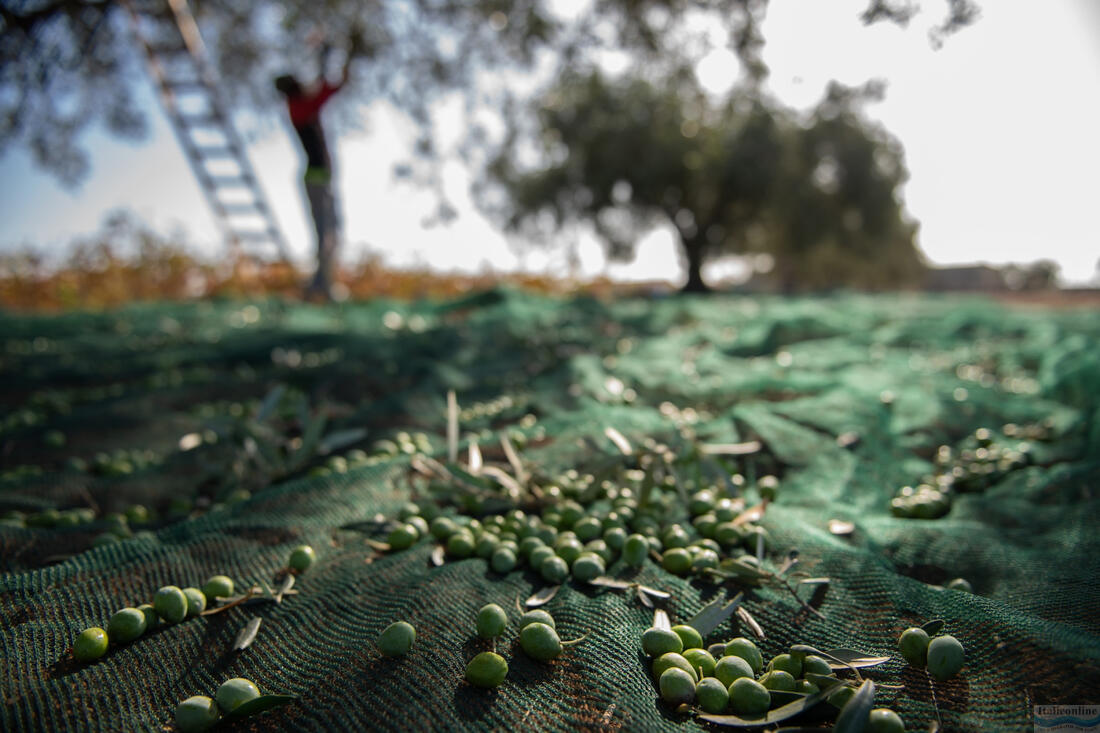
The harvesting process
Harvesting olives is challenging, even though modern technology has become increasingly common in recent years. In many areas, however, hand-picking is still practised. This method, called 'brucatura', involves gently shaking or plucking the olives directly from the branches, ensuring that the fruit is not damaged. This process is time-consuming, but it makes it possible to obtain high quality olives, which is the key to producing the best extra virgin olive oil.
In some of the larger groves, mechanical shakers are used to gently shake the trees so that the olives fall into the prepared nets. They are then quickly transferred to the pressing plants, as the time between harvesting and pressing is crucial - the shorter the time, the better the quality of the oil.
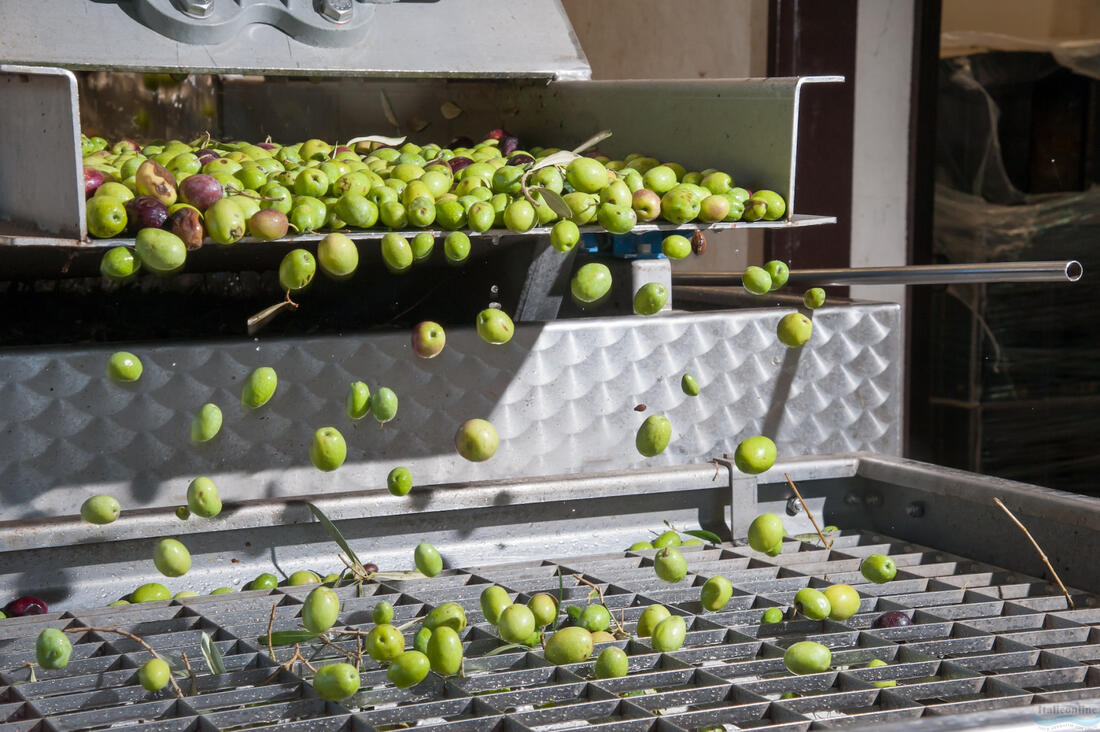
The secret of extra virgin olive oil
Genuine extra virgin olive oil is the result of cold mechanical pressing, without the use of chemicals or high temperatures. The oil is pressed at a temperature of no more than 27 °C, which ensures that it retains its valuable nutrients and rich flavour. The acidity of the oil is one of the main indicators of its quality - it must be less than 0,8 % to be labelled 'extra virgin'.
The resulting product is more than just an ingredient in the kitchen. It is a symbol of Italian art, tradition and love of nature. Olive oil is a staple of the Mediterranean diet, which is considered one of the healthiest in the world, and its taste is an essential part of many Italian dishes.
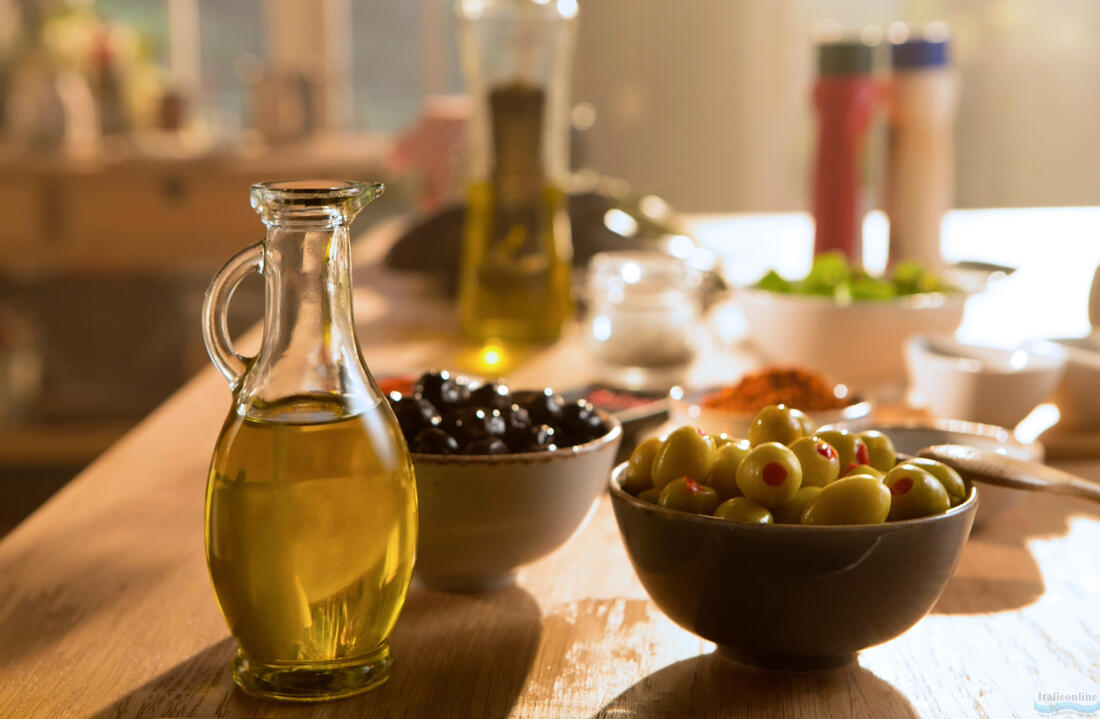
For many tourists and food lovers, the olive harvest is a great opportunity to get a closer look at Italian culture and local customs. Some farms and olive groves organise experiential programmes for visitors to try their hand at picking olives, see the pressing process and, of course, taste the freshly pressed oil, which has a distinctive, spicy and sometimes fruity flavour.


